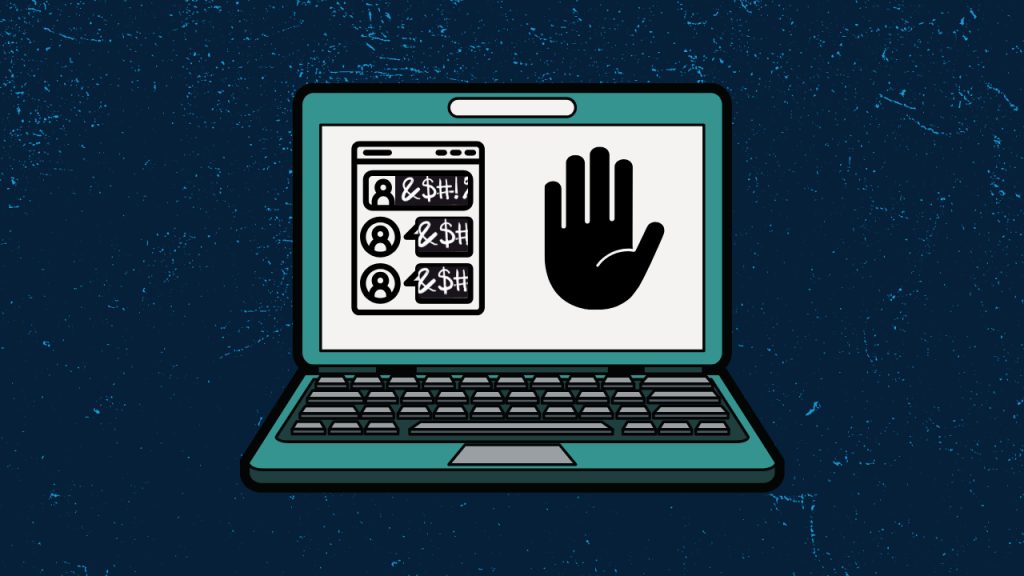The Paradox of Free Speech: Why Censorship Backfires and Counterspeech Prevails
The digital age has ushered in an era of unprecedented connectivity, but it has also become a breeding ground for misinformation, hate speech, and bigotry. The knee-jerk reaction for many, including global leaders, is to call for censorship and stricter content moderation. However, history demonstrates that suppressing hateful speech often exacerbates the problem, driving it underground and making it harder to counter. Paradoxically, allowing such speech to exist in the public sphere offers the opportunity to challenge, debunk, and ultimately diminish its power. Furthermore, free expression serves as a crucial safety valve, allowing individuals to vent frustrations peacefully, potentially mitigating the risk of violence and radicalization.
The dangers of censorship extend beyond the immediate suppression of undesirable content. When democracies implement hate speech bans, they inadvertently create a template for authoritarian regimes to justify silencing legitimate dissent and criticism. These laws can be easily weaponized to stifle political opposition and control the narrative, undermining the very freedoms they purport to protect. Rather than resorting to censorship, a more effective approach lies in fostering a culture of counterspeech, empowering individuals to challenge harmful narratives directly.
Counterspeech, broadly defined as responding to harmful or offensive speech, encompasses a range of strategies, including amplification, empathy, education, humor, and shaming. It involves actively engaging with hateful content, exposing its flaws, and offering alternative perspectives. This approach doesn’t merely silence offensive voices but also provides valuable context and education for those who might otherwise be swayed by extremist ideologies.
The transformative power of counterspeech is exemplified by the story of Megan Phelps-Roper, a former member of the vehemently anti-LGBTQ+ Westboro Baptist Church. Through online interactions on Twitter, Phelps-Roper encountered individuals who challenged her beliefs with respectful dialogue and alternative interpretations of religious texts. This engagement, fostering genuine connection and exposing her to different perspectives, ultimately led her to leave the church and renounce its hateful ideology. Phelps-Roper’s journey underscores the potential of online counterspeech to dismantle prejudice and promote understanding.
Humor also plays a significant role in countering hate speech, diffusing tension and reaching broader audiences. German journalist Hasnain Kazim, frequently targeted with xenophobic hate mail due to his Pakistani heritage, employed satire and wit to disarm his attackers. By responding to hateful messages with humorous and unexpected retorts, Kazim not only deflected the negativity but also entertained and engaged a wider audience, demonstrating how humor can be a powerful tool for dismantling prejudice. Kazim’s approach highlights the effectiveness of using humor to disarm hateful rhetoric and engage a broader audience.
The effectiveness of counterspeech is supported by various initiatives. The Future of Free Speech, a nonpartisan think tank at Vanderbilt University, has developed toolkits in multiple languages, including Urdu and Hindi, to equip individuals with practical strategies for combating hate speech and disinformation. These resources provide valuable guidance on how to engage constructively, debunk false narratives, and promote tolerance online. Empowering individuals with the skills and knowledge to effectively counter hate speech is crucial for fostering a healthier digital environment.
While the instinctive reaction to hateful content might be to demand its removal, this approach often backfires. Censorship can drive extremist ideologies further underground, fostering echo chambers where harmful narratives are reinforced and amplified. Instead of silencing these voices, counterspeech aims to expose them to scrutiny, challenge their assumptions, and offer alternative perspectives. By fostering open dialogue and facilitating critical thinking, counterspeech can help to dismantle the foundations of hate and promote a more inclusive online environment.
The responsibility for combating hate speech and misinformation does not rest solely on platforms or governments. Each individual has the power to contribute to a more positive digital space by becoming a counterspeaker. By engaging with harmful content constructively, challenging false narratives, and promoting tolerance, we can collectively create a more inclusive and informed online environment. The resources and toolkits available from organizations like The Future of Free Speech empower individuals to take an active role in shaping the digital landscape and pushing back against hate.
The ongoing battle against online hate and disinformation requires a multifaceted approach. While content moderation policies play a role, the real power lies in empowering individuals to become active participants in the fight. By equipping ourselves with the skills and knowledge to effectively counter harmful narratives, we can collectively create a more tolerant and informed online world. Counterspeech is not merely a reactive measure but a proactive strategy for shaping a more positive digital future.
The fight against hate speech and misinformation is not a passive endeavor. It requires active participation from individuals willing to challenge harmful narratives and promote tolerance. By embracing counterspeech strategies, we can collectively create a more inclusive and informed online environment. The resources and tools available empower individuals to take a stand against hate and become agents of positive change in the digital sphere.
The effectiveness of counterspeech hinges on its ability to reach a wide audience and foster critical thinking. By engaging with hateful content constructively, we can expose its flaws, challenge its assumptions, and offer alternative perspectives. This approach not only disarms the purveyors of hate but also educates and empowers those who might otherwise be swayed by their rhetoric.
The fight against online hate is an ongoing process that requires constant vigilance and adaptation. As new platforms and technologies emerge, so too will new challenges. By embracing the principles of counterspeech and empowering individuals to become active participants in the fight against hate, we can create a more resilient and inclusive digital environment.


